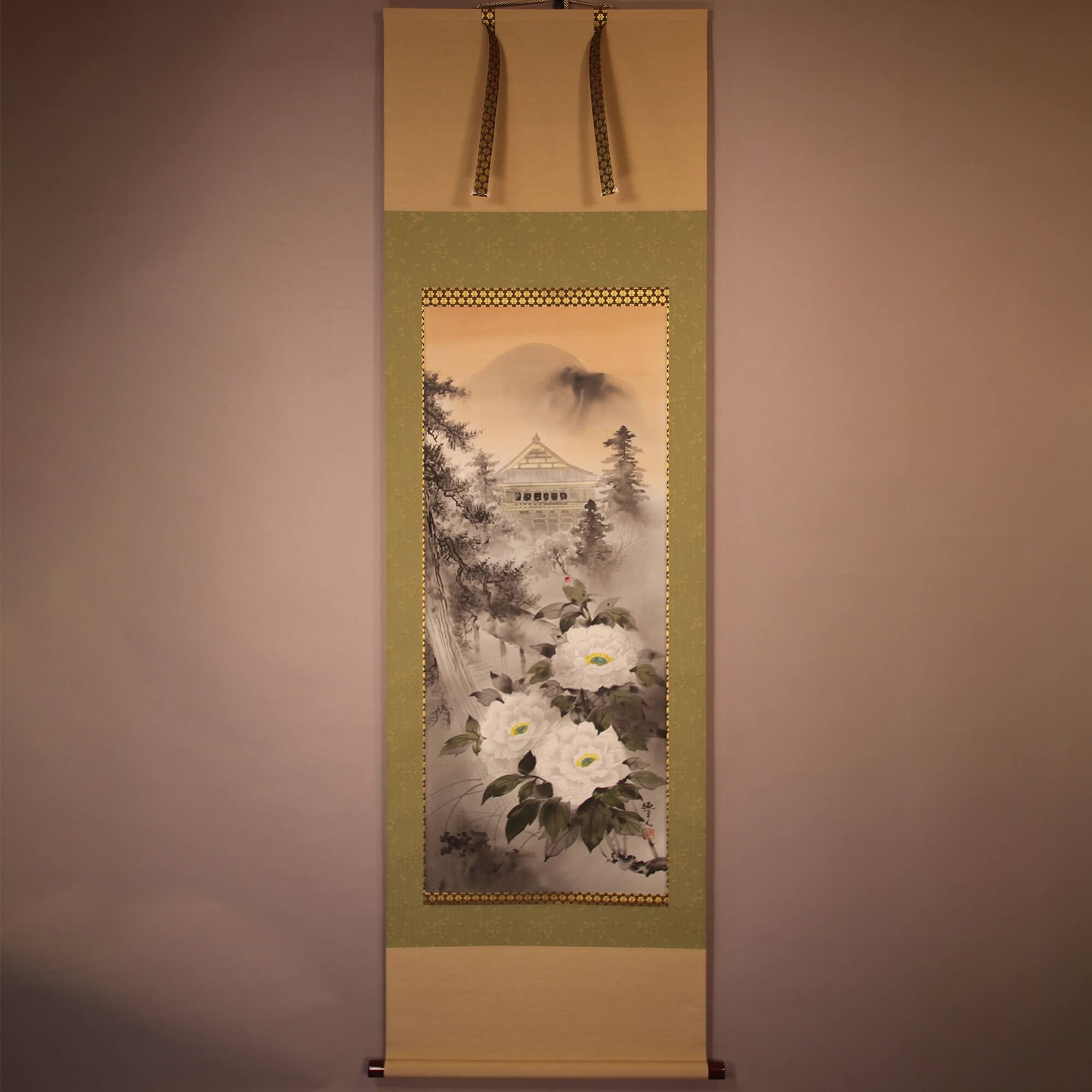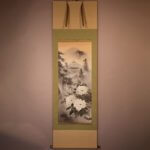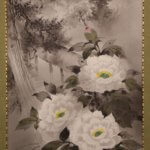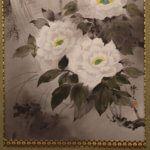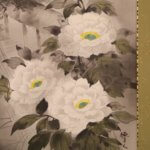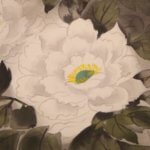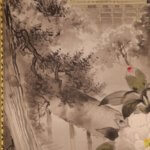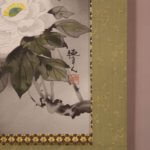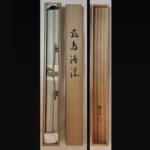Products Lineup
News / Blog
Other Menus
Kakejiku Hanging Scroll: Refreshing Asuka / Kondō Nobuto - Asuka Seiryō
- Product ID
- 0313
- Name
- Kondō Nobuto
- Profile
In 1917, born in Yamanashi pref. Specialized in landscape paintings in sumi ink. The year of his death is unknown.
- Size
- 600mm x 1870mm
- Roller End Material
- Plastic
- Material of the Work
- Silk
- Stock Condition
- Sold out
- Description
Nara is an ancient capital with many historical cultural assets. It is also home to many shrines, temples, and other architectural structures that convey the former capital’s prosperity to the present day. As an ideal subject for painting, Nara has often been depicted by Japanese painters, along with scenes of Kyōto. This painting by Kondō Nobuto, who specializes in landscape paintings, features a temple in Nara in the evening. Its lower right corner lies flowers of peony, the king of all flowers, as if in praise of the beauty in the temple at sunset. Kondō Nobuto’s skill is evident in the composition rendering everything in a single image: the distant view of the mountains in Nara and the temple’s main hall, the middle view of the staircase leading to the main hall in a wooded area, and the foreground view of 3 large white peonies. This can be said to be one of his masterpieces, known as a “landscape painter”.

